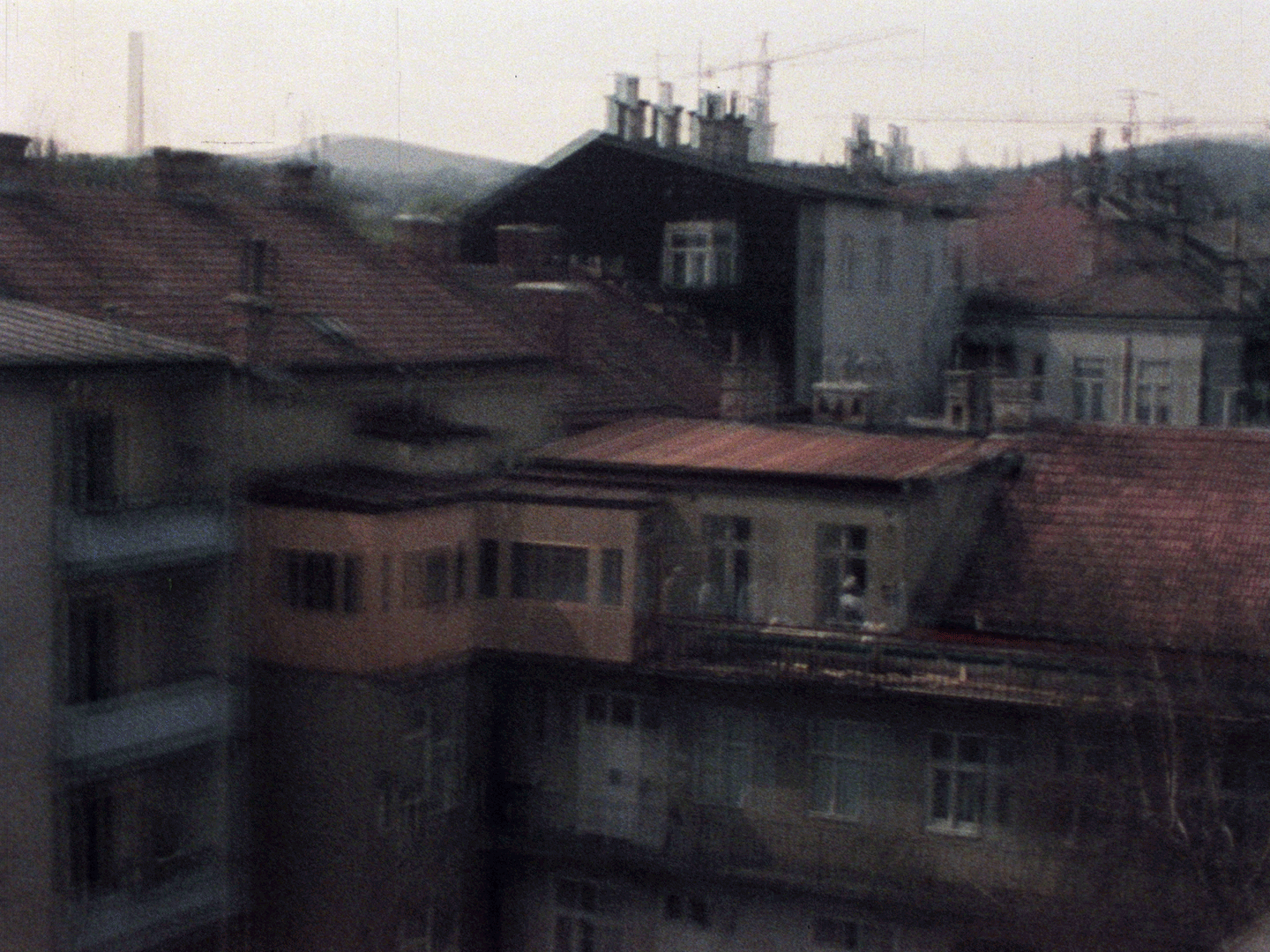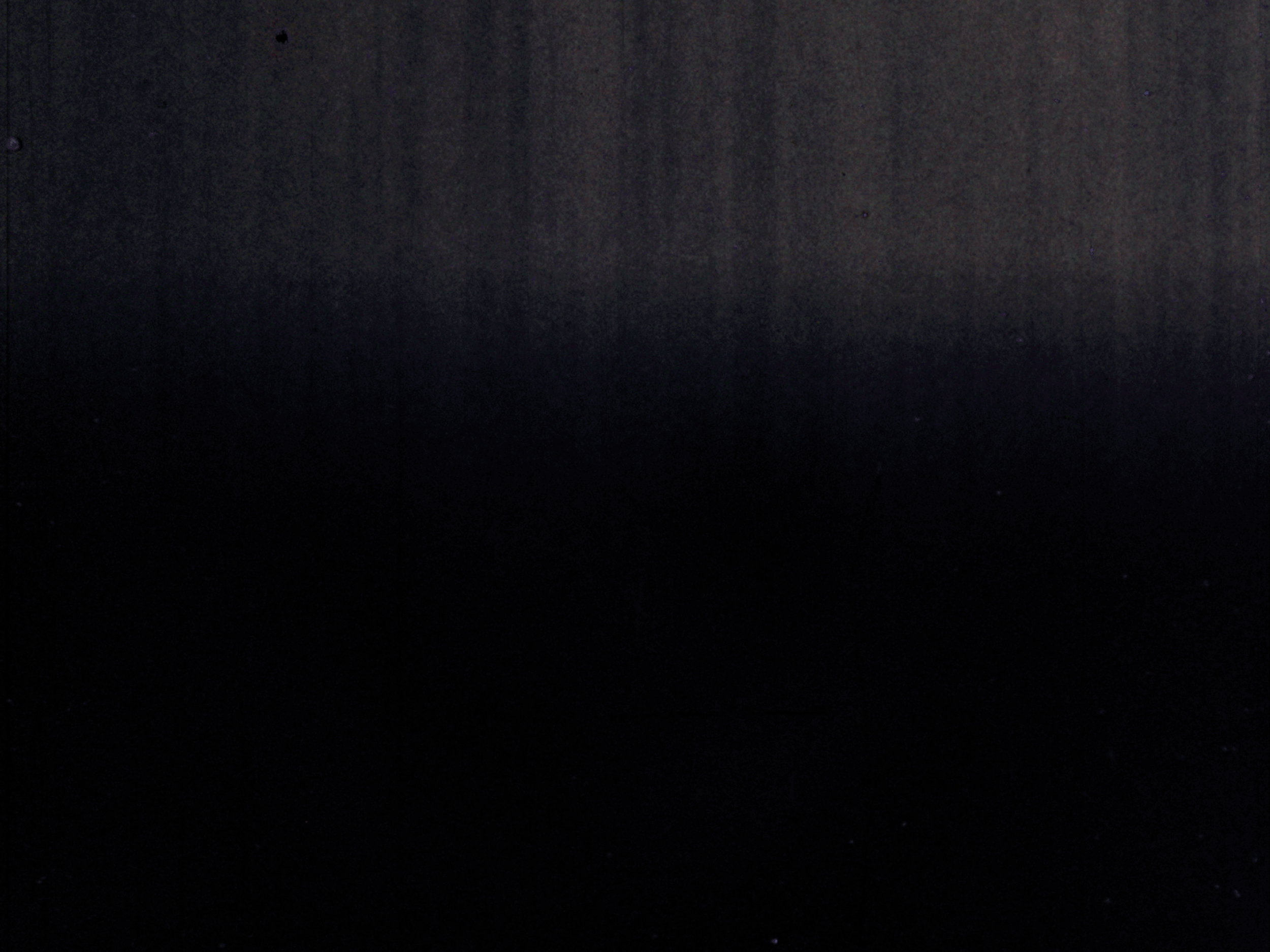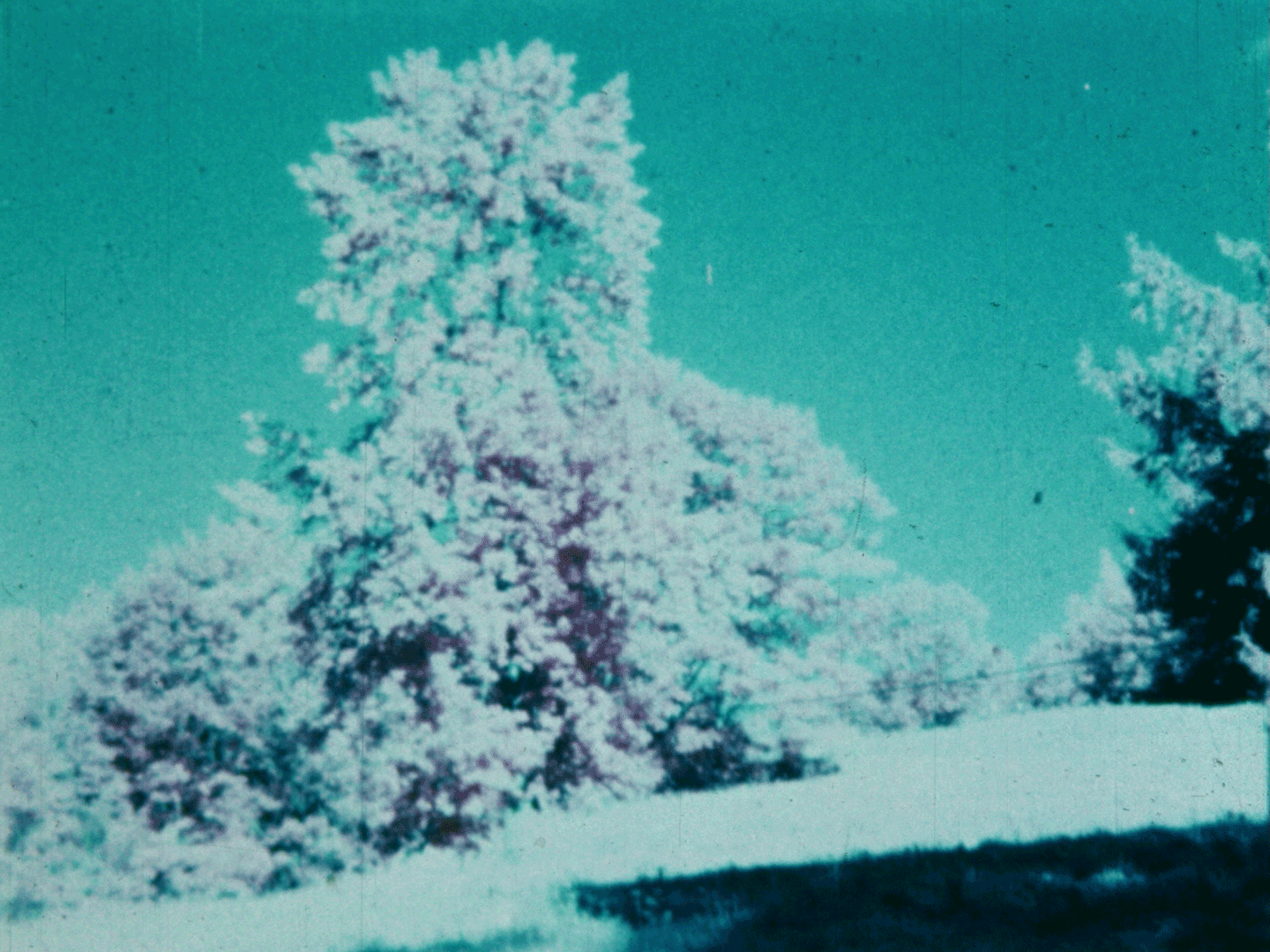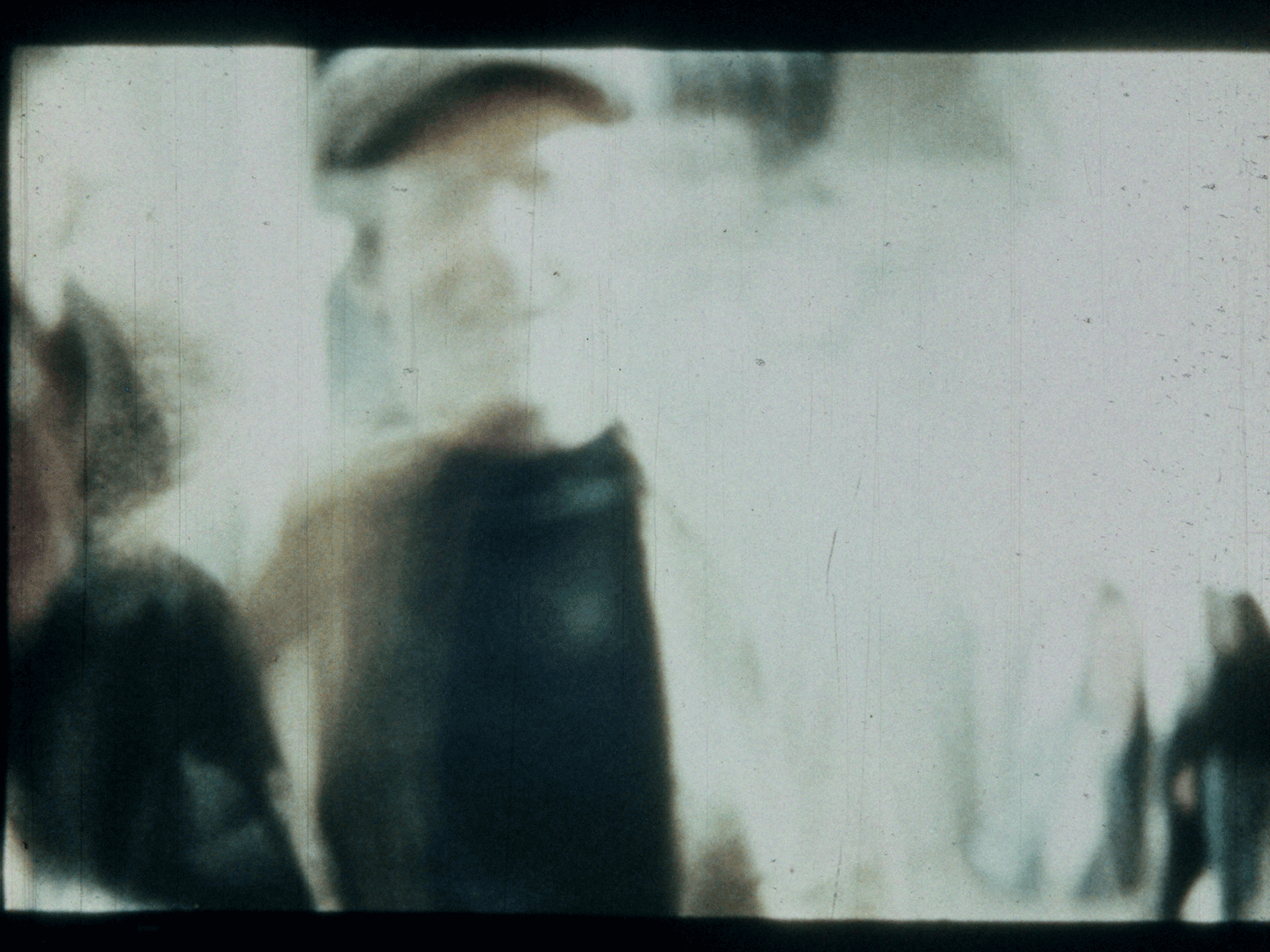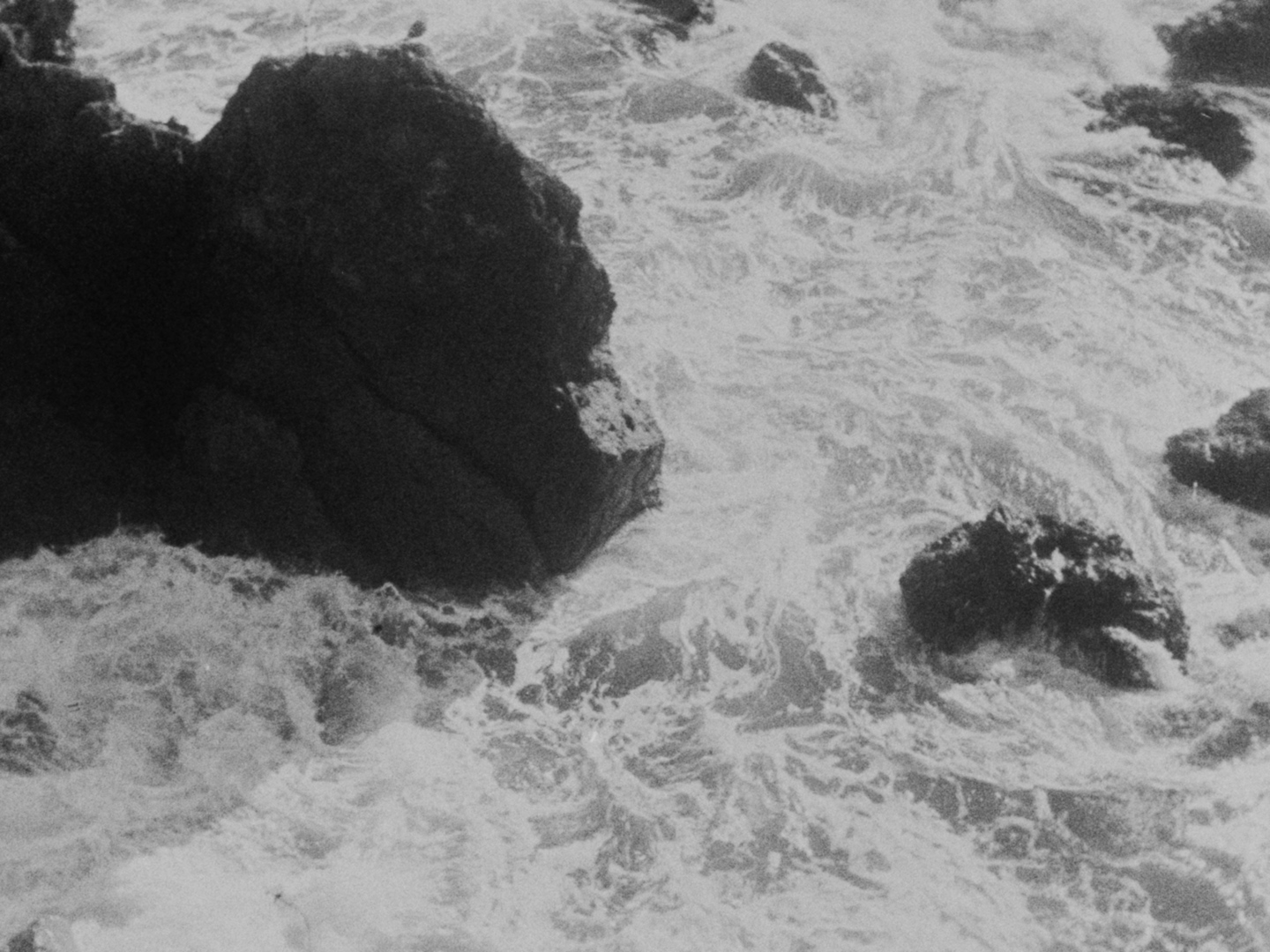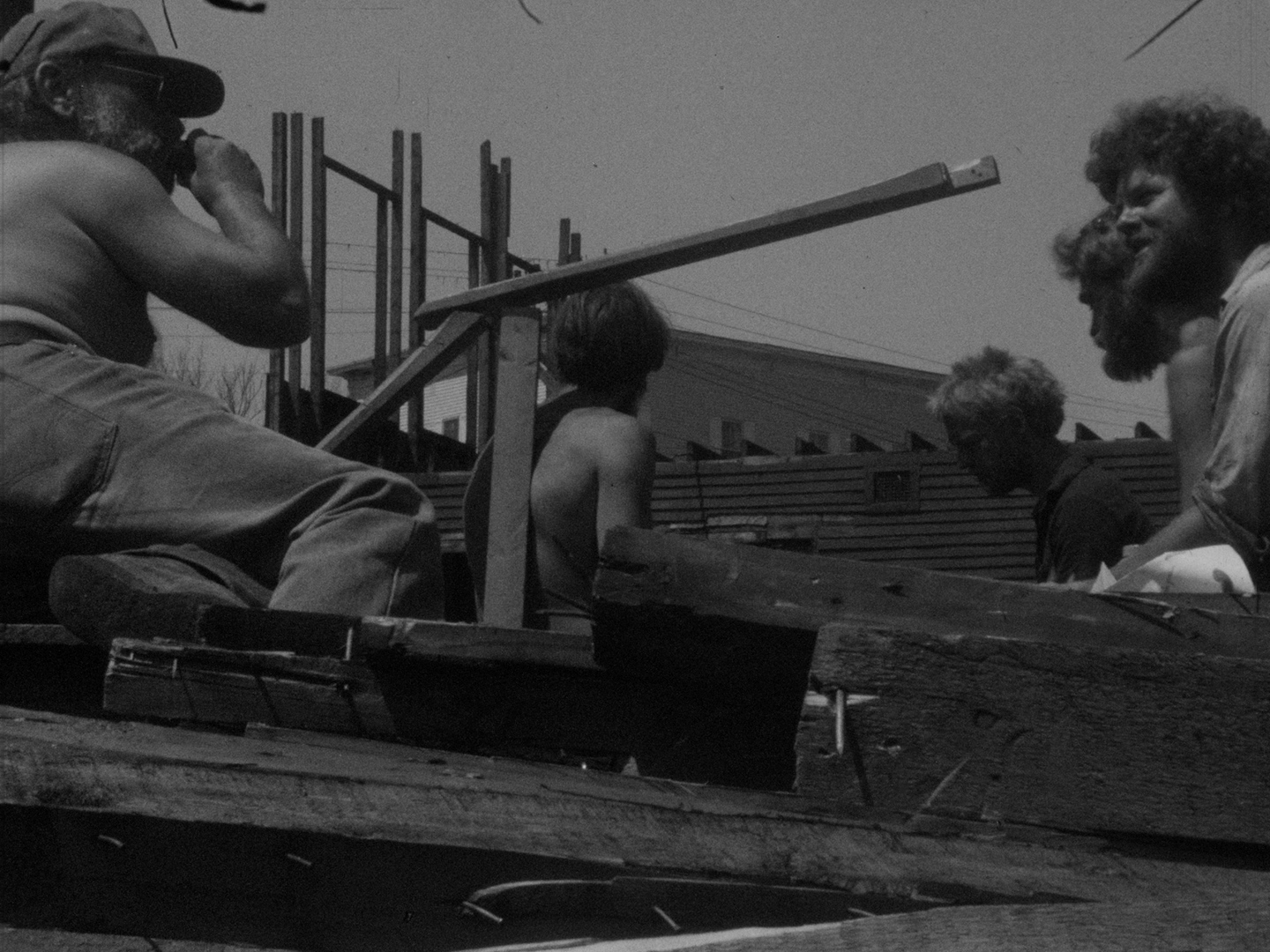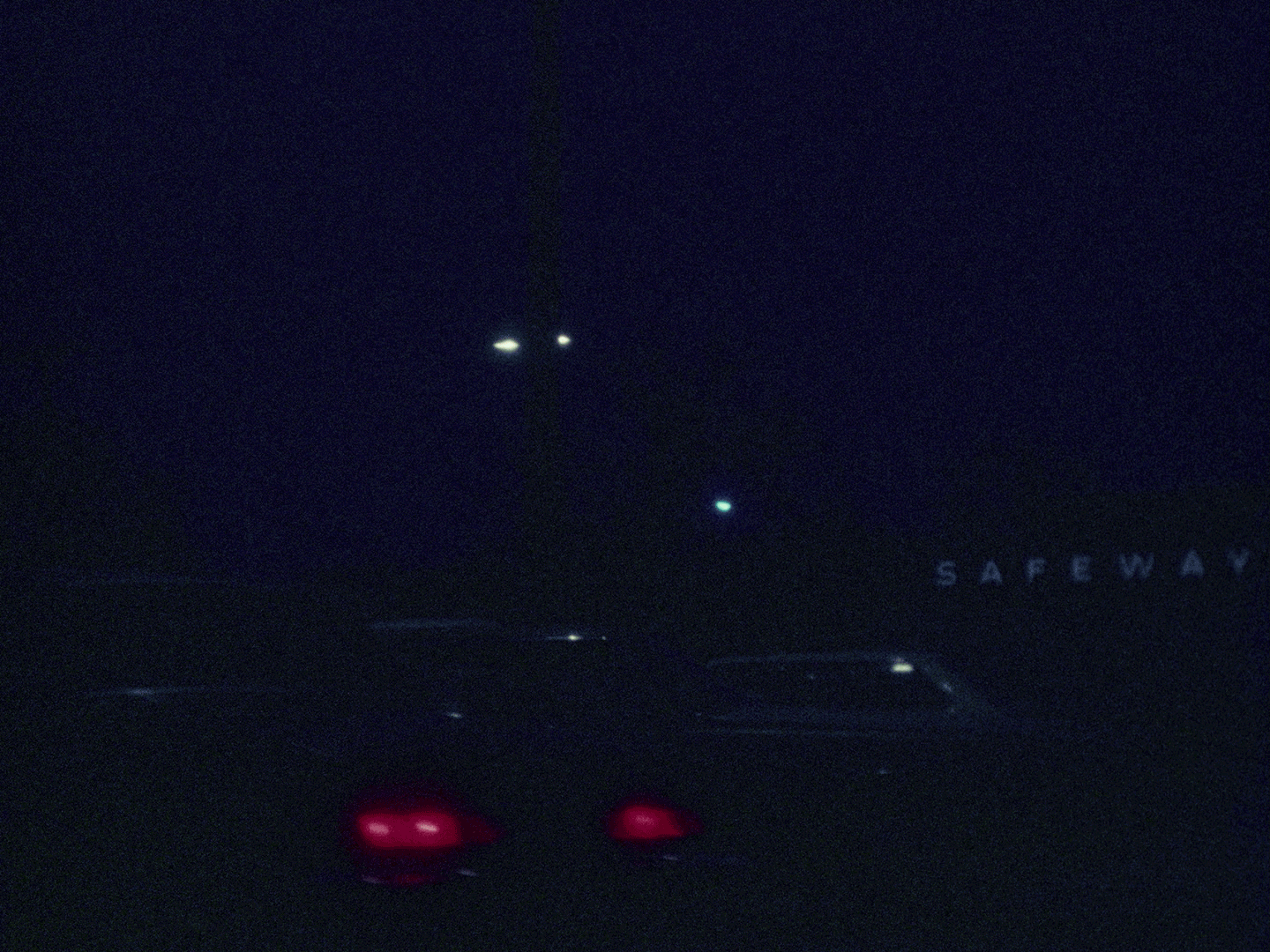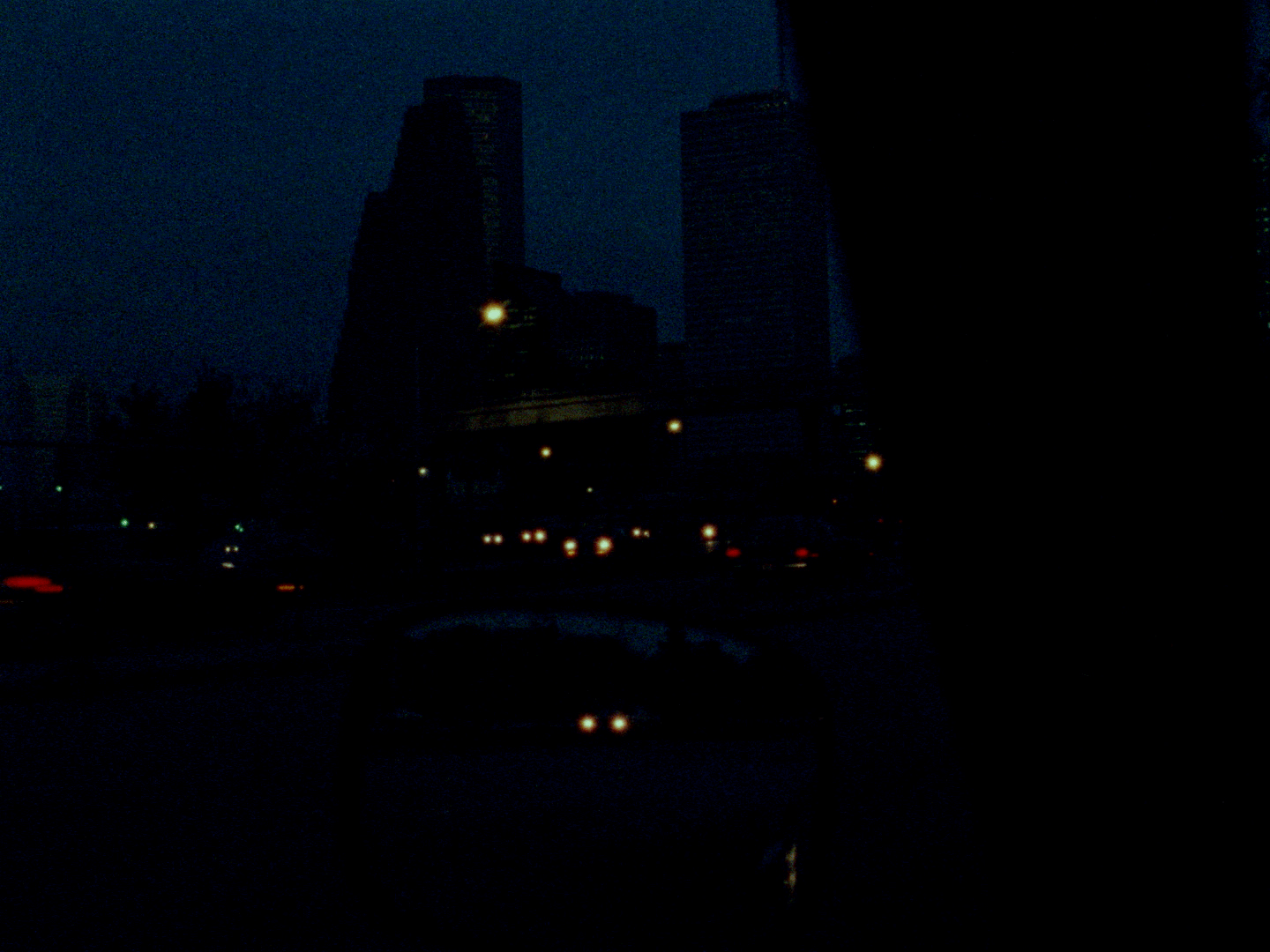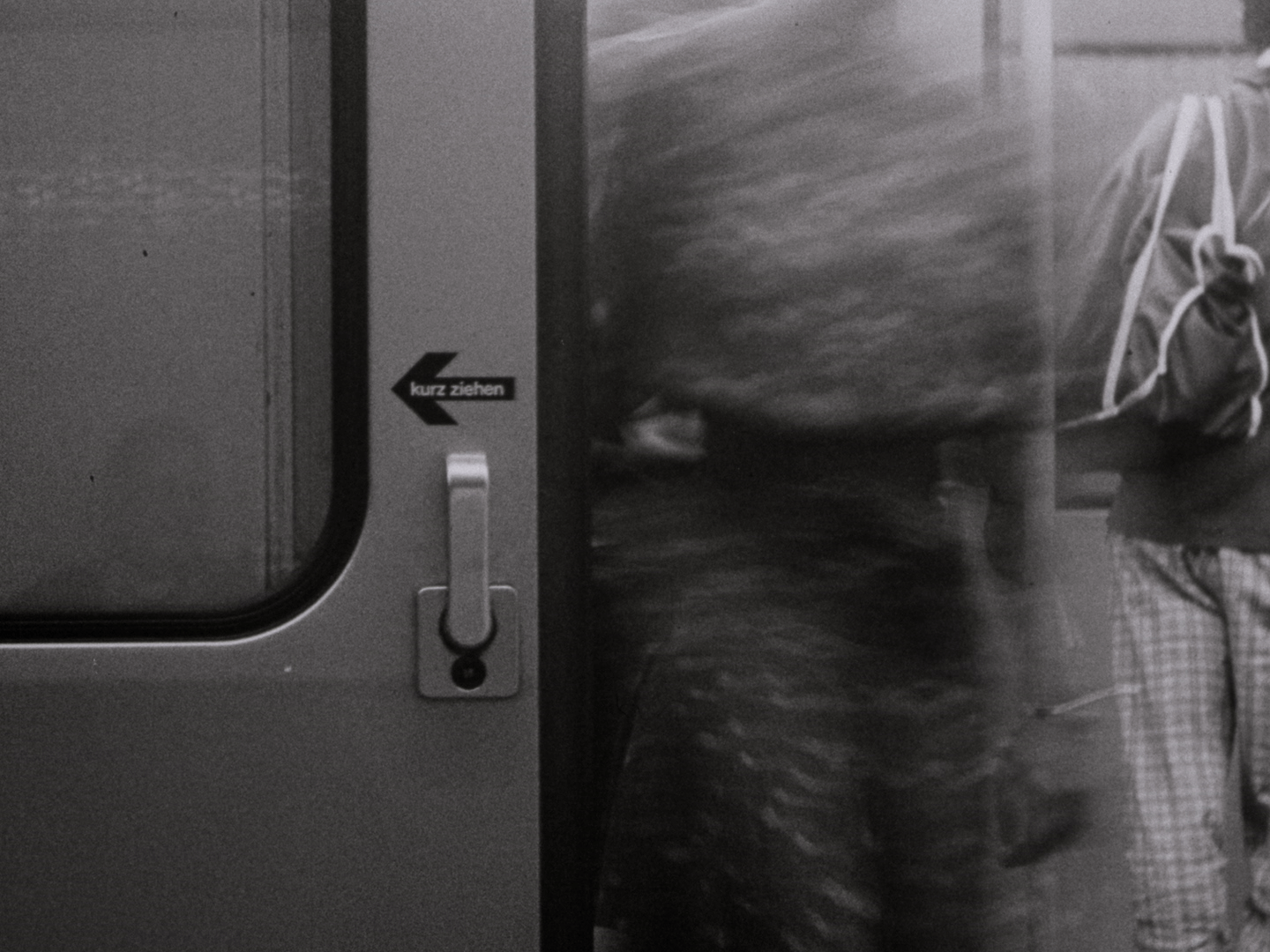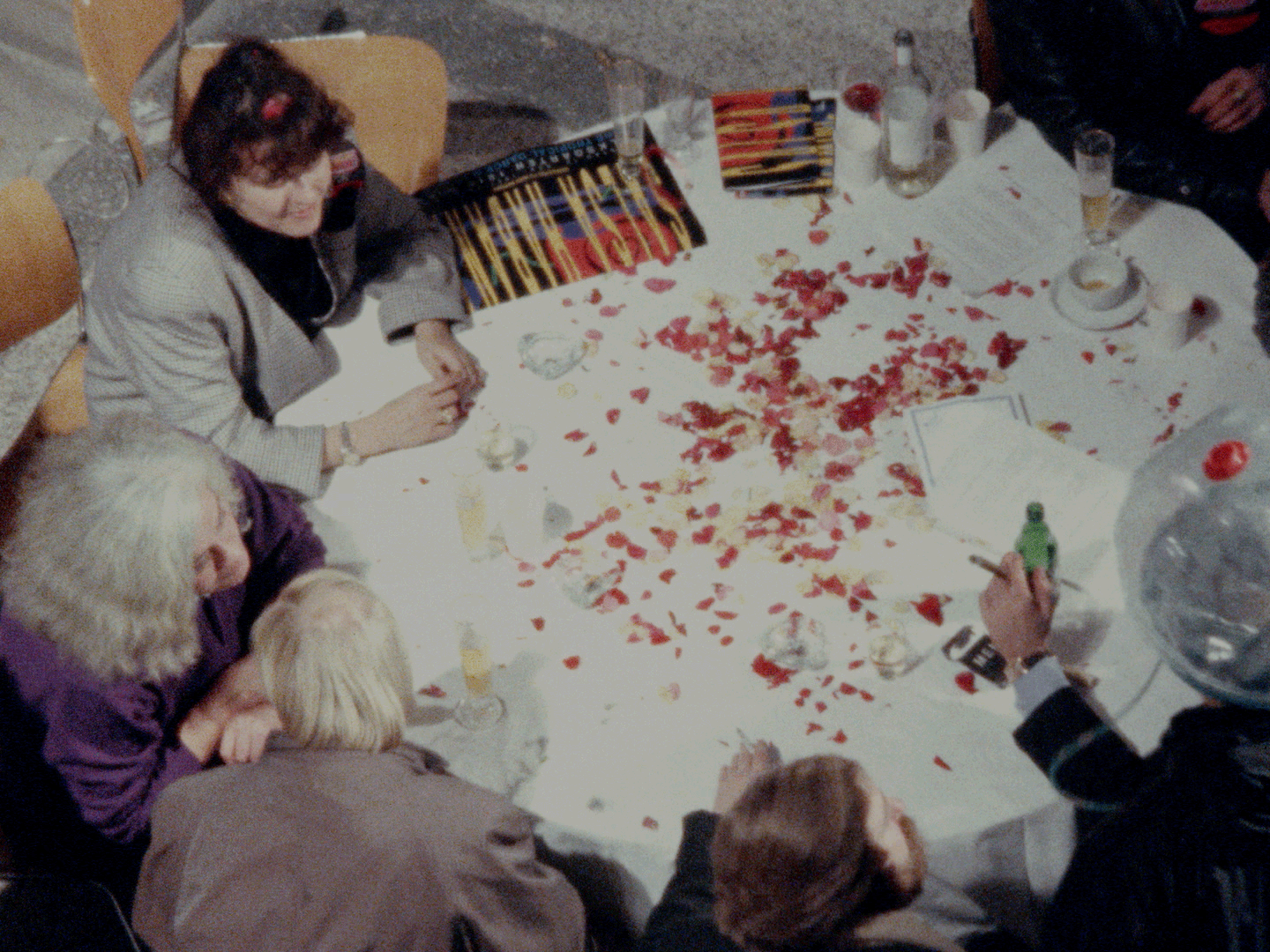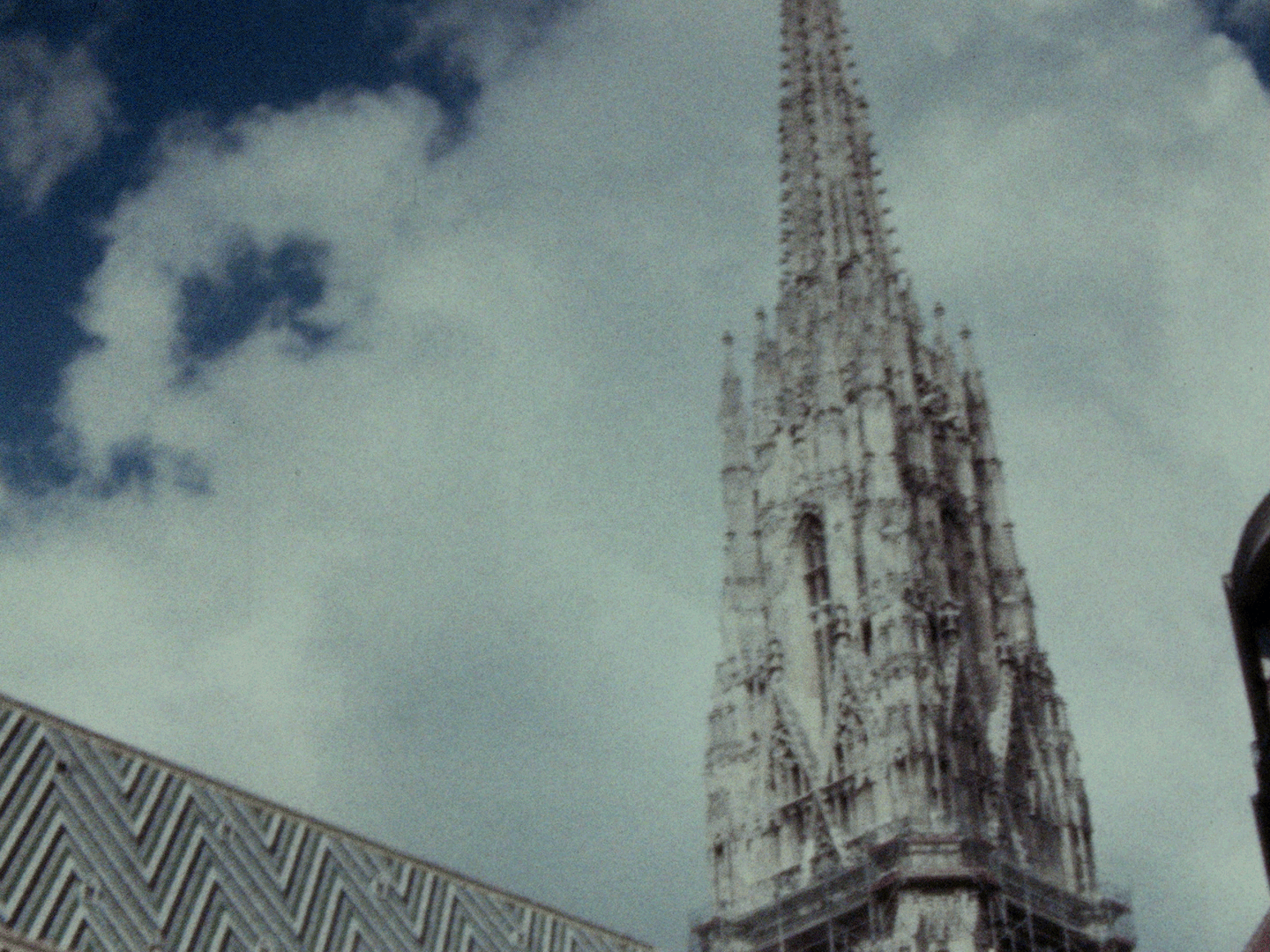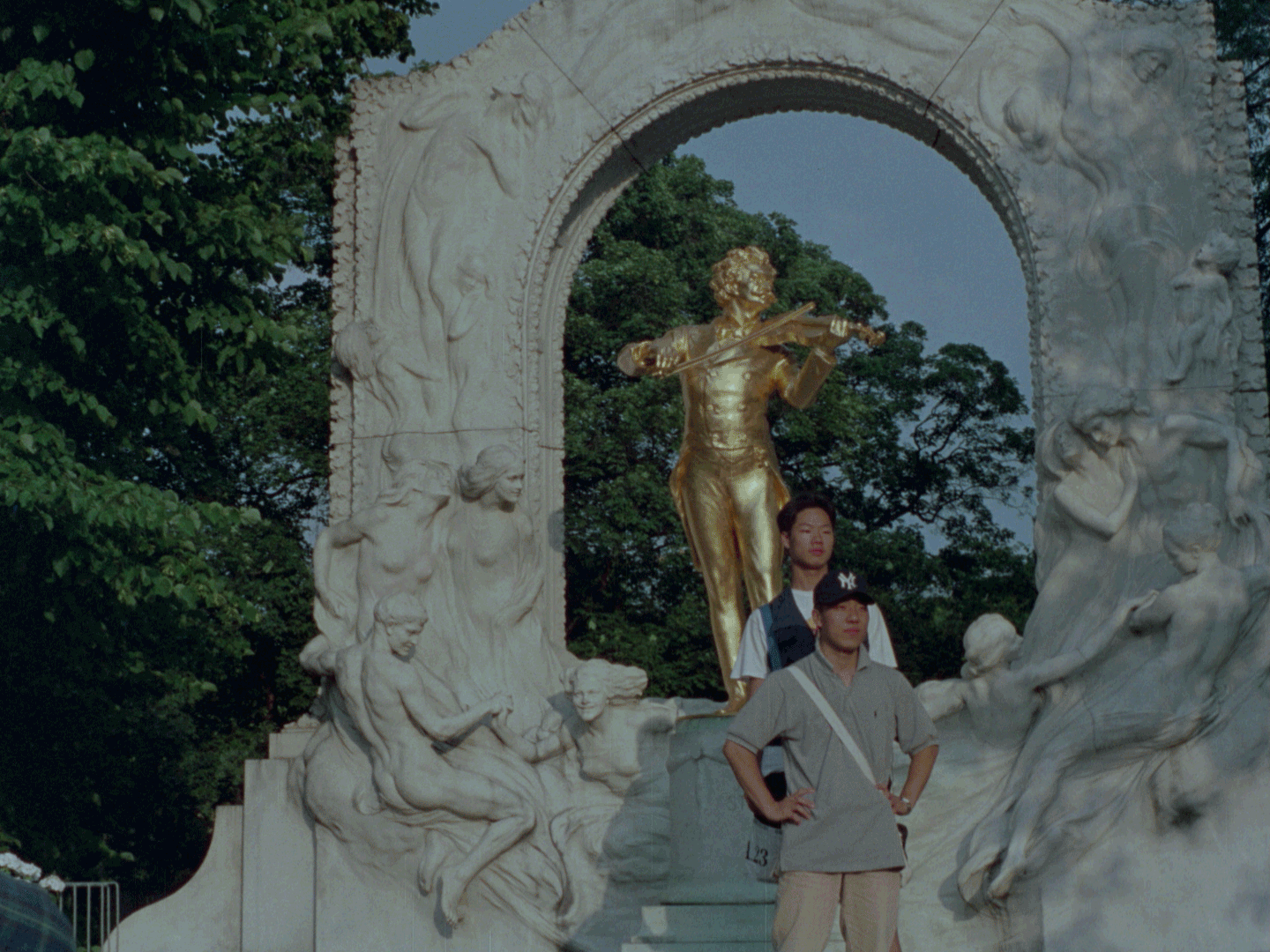No Danube, 1977
In its own way Keine Donau leaves the regime of congruent events in order to triumph over time. Without using montage in the normal sense of the word it achieves the co-presence of multiple timelines in one picture. (Michael Palm)
Tschibo, 1977
In single shots, the film shows Kren's diary like notes from 1968 to 1976, in particular, on the recordings on the previous three films. (Hans Scheugl)
Rischart, 1978
Peter Kochenrath made a documentary film about me and wanted me to make a self-portrait of myself. Instead of aiming the lens away from myself, I pointed it directly at me. I kept rewinding the film to create multiple exposures that perpetually lap dissolve into one another. (Kurt Kren)
Tree Again, 1978
At the centre are takes which do not change – a tree in a field in Vermont, U.S.A. Since the film was shot over a period of fifty days, the single frame shots create a storm of pictures. (Hans Scheugl)
Sentimental Punk, 1979
Thirtysix noticeably blurred and over exposed slides which Kren took at a punk concert form the basis for an attempt to revive lost movement. Kren used a strict ordering principle so that there is a hint of movement between each individual picture. (Michael Palm)
Which way to CA?, 1981
Kren on his way from Vermont to California. Kren says that his various cars are the thread which runs through the story. (Hans Scheugl)
Breakfast im Grauen, 1981
Kren in New Hampshire, New England. Together with friends he lived from the demolition of wooden houses and sale of the wood. Kren was the “nail puller”. (Hans Scheugl)
Getting warm, 1982
The third of the “bad home movies”. Kren moved, along with his Thunderbird from New England in winter to the warmth of Texas. Part of the film was shot in Austin. (Hans Scheugl)
No Film, 1983
It was a time when I was desperately unhappy that I wasn’t really doing anything, no more films. Wilhelm and Birgit Hein once took a photograph from a newspaper, saying that, although the image doesn’t move on the screen, it’s still film. I shot a few words – “No Film” – which don’t move either but are a film just the same. And so: no film. Question mark. (Kurt Kren)
1984, 1984
Kren’s contribution to the Orwell year. He shot the last television debate between Reagan and Mondale. (Anonymus)
Foot'-age shoot'-out, 1985
Finally there follow last despairing messages, 42/83 No Film, 43/84 1984 and 44/85 Foot’-age shoot’-out. The latter is accompanied by Morricone’s The Man with the Harmonica – in German the song is entitled “Lied vom Tod”, which translates as “Song of Death”. (Peter Tscherkassky)
Falter 2, 1990
Someone once said, 'The greatness of filmmaking lies in being modest enough to realize that one is confined to taking photographs.' Kurt Kren's films are neither paintings, nor poems nor music; they are not even typically film, as the term is used in the degenerate rhetoric of most modern film artists. (Hans Hurch)
A Celebration, 1996
This film was commissioned by the Austrian television ORF. Kren was asked to document the anniversary celebration for the program “Kunststücke,” a cultural magazine. He shot single frames of the events and used the actual recorded sounds as the soundtrack.
(Hans Scheugl)
Thousendyearsofcinema, 1995
One eye tightly shut and the other pressed against the viewfinder. This is the standard position which Kren captures in single frames. Uncountable photographers, with their acutely-angled cameras directed at St.Stephan’s Cathedral whizz by. (Elisabeth Büttner)
Snapspots (for Bruce), 1996
Having shown us the dance of the photographing tourists in tausendjahrekino (1995), Kren shows us in Snapshots uncountable visitors to Vienna, who are photographed by their neighbours as well as by the local foreign Kren in front of the statue of Johann Strauss jr., either individually, in families or in busloads. (Thomas Korschil)
